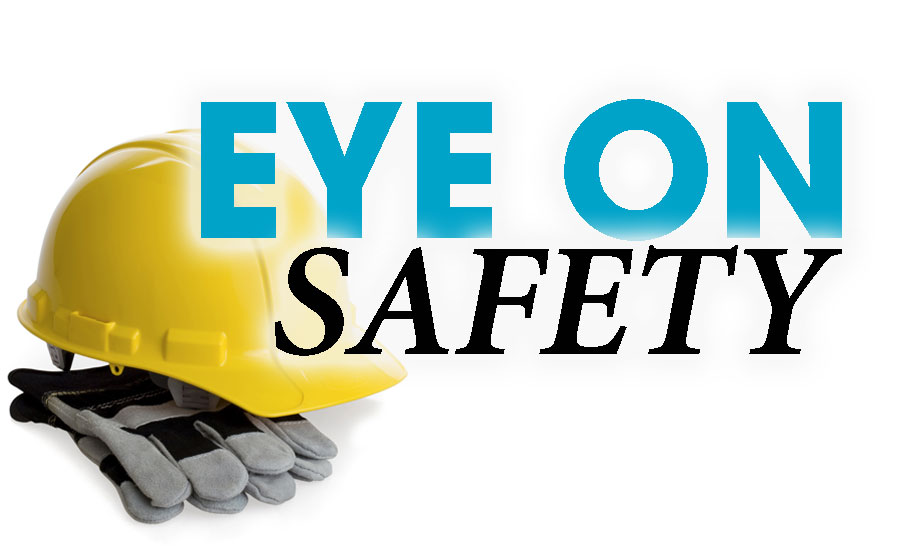You have a mature safety program. Your training program is effective and employee perception surveys indicate the workforce is pleased management cares about their personal safety. You have achieved an impressive year-over-year reduction in your recordable injury rates until this past year when no improvement was achieved. What happened?
You conduct a root cause analysis to determine the lack of improvement. You conclude:
1) All required safety programs are in place and are effective;
2) You meet all regulatory safety requirements;
3) Your 5S program has improved the facility’s overall appearance;
4) Your weekly safety audits consistently identify workplace hazards and your team is quick to eliminate them; and
5) Your job hazard analysis sheets are in place and understood.
Have you plateaued? How can you get back into the continuous improvement path?
You are not alone in this situation. All organizations level off from time to time. The original strategies that achieved steady improvement may have no runway left.
It is time to do a deep dive on your recordable, first-aid and near-miss injuries. You conclude none of them are a result of a failure to follow any of your safety plans, policies or programs. Instead, you realize more than 90% of the injuries were a result of either poor personal choices or poor/risky behavior on the part of those injured. With so many employees, how do you counter what appears to be individual-centered behavior causing the lack of improvement?
The behavior (actions) of your people may be your most significant cause of safety incidents. People don’t come to work saying, “I think I will hurt myself today.” They get hurt because:
1) They got distracted and took their eyes or minds off the immediate task at hand;
2) They didn’t stop to think about the hazards when performing a non-routine task infrequently performed;
3) They rationalized their unsafe behavior by never being previously hurt or having a negative outcome, therefore reinforcing the bad behavior;
4) The new or temporary employee was ignorant of the rules;
5) They perhaps willfully violated the rules. “The boss said I could go home as soon I got this truck loaded.”
Organizations must manage employee behaviors to prevent injuries/incidents. Risky, unsafe behavior and poor choices can be your biggest cause of injuries. Implementing a behavior-based safety program through the conducting of observations:
1) Will help employees recognize unsafe actions and behaviors that increase their risk of injury;
2) Can identify and correct at-risk behavior and the train of thought that drives it;
3) Reinforces observed safe behaviors and provides positive feedback to those demonstrating safe practices; and
4) Gives employees immediate feedback, reinforcing good behaviors that reduce the risk of injury.
Depending on the facility, observations can be performed by fellow workers, supervisors, lead personnel or managers. It is more important to have your observers properly trained to conduct these observations than who conducts them. The key is to keep them value-added, positive and reinforcing the correct behaviors.
1) Some additional benefits of implementing an observation program:
2) Emphasizes the proper and correct wearing of PPE;
3) Validates JSAs/JHAs as well as process documents, such as method sheets and SOPs;
4) Improves interaction and trust between employees and management; and
5) Demonstrates management cares about employee safety.
Bad habits and risky behavior are learned traits over the course of time. They are not corrected overnight. By employing a BBS observation program, you can correct these habits and behaviors, and replace them with safe and proven behaviors that reduce the chance of injury.
Don’t have time to implement a BBS observation program? Do you have time to absorb lost-time injuries? Can you afford workers’ compensation costs? Help employees protect themselves by embracing the need to go beyond safeguarding equipment, and establishing sound safety behaviors and practices in the workplace.




